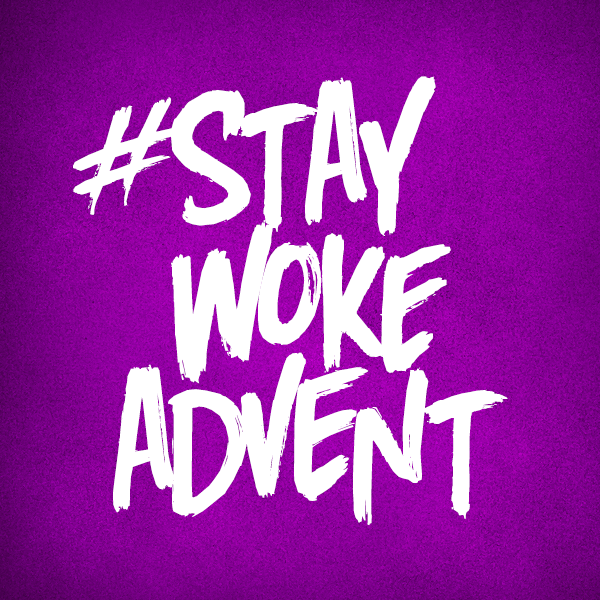Dear Lord,
With joy-filled hearts during this season of Advent,
we adorn our homes, offices and churches with
Advent wreathes, Christmas trees, and manger scenes
Celebrations of Advent
With eager hearts we dust off our Christmas hymnals,
we revive the words of your prophets,
and merrily sing of turtle doves, herald angels,
and weary worlds rejoicing ...
Celebrations of Advent
Yet, we're not worthy to enjoy the
Celebrations of Advent
If our
Actions of Advent
are conforming, comfortable, safe ...
If our
Actions of Advent
are void of courage, honesty, and humility
we offer pitiful actions of Advent
that insult this season of hope.
Actions of Advent require faith.
Faith in the promise of a world
where our glowing passion for reconciliation,
peace and justice will not be exhausted.
Faith that our glow will continue
to light our path toward equity.
Faith in the promise of our dear Savior's birth.
 Actions of Advent require hope.
Actions of Advent require hope.
God and sinner reconciled,
we are forgiven.
We courageously allow ourselves
to hold bright hope for tomorrow,
hope for a world where we see ALL people,
hear ALL people, and cherish ALL people,
hope that fuels our glowing passion for
a reconciled world free of oppression,
cruelty and abuse.
As one body, gathered together today,
grounded in our love for one another,
we embrace this season of Advent with:

Our actions of
Courage as we refuse to conform to acts
of inequity
Our actions of
Honesty as we speak truth to those in
power who may alienate us
And our actions of
Humility as we serve Your people on
bended knee
We thank you
Dear Everlasting Lord
for drawing us closer to You
through our true
Actions of Advent. Amen.
What are your Actions of Advent in this season?



